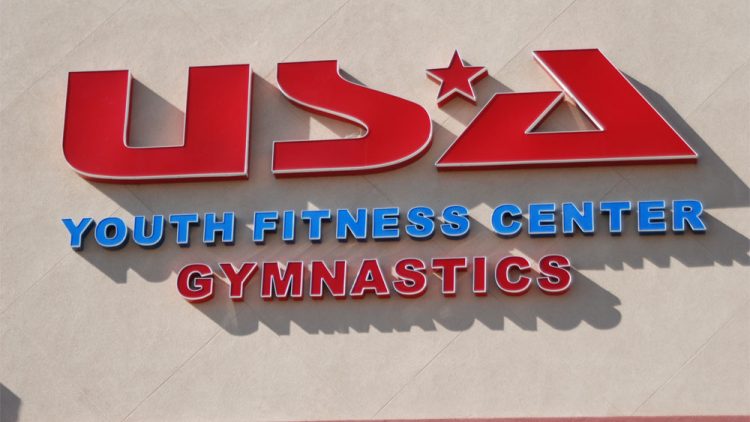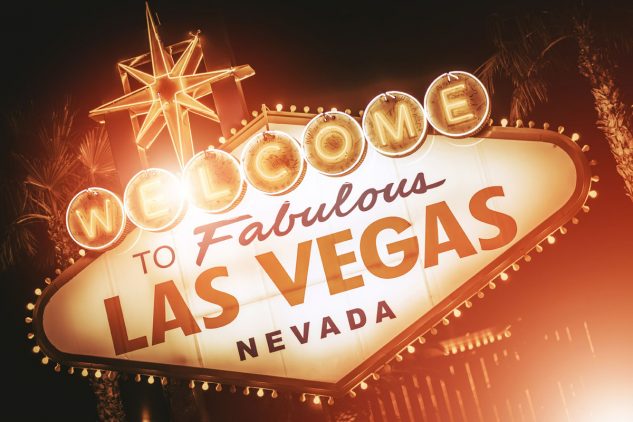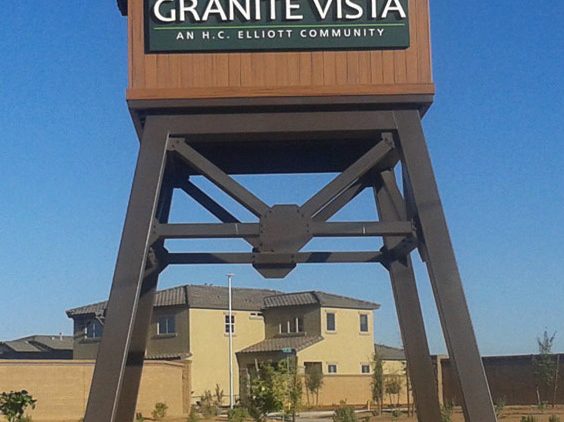Choosing the Correct Tagline for Your Business
A good company tagline doesn’t just sound good; it tells people who you are, what you do, and why they should select you. Whether you’re launching a new firm or updating your brand here in Arizona, the correct tagline may boost your identification and make your signs significantly more successful.
Why Your Tagline Is Important
People generally see your catchphrase first on your building sign, vehicle wrap, or digital display. It’s a short statement that sets the tone for your brand. A strong slogan helps:
- Build trust and recognition
- Clarify your value rapidly
- Set yourself out from your competitors
- Make people remember your business more
- In a busy market like Phoenix, Mesa, and the Valley, a well-written tagline can help your company stand out from the crowd.
What Makes a Good Tagline?
Clear, direct messaging always performs better than imprecise wording. Your tagline should show off your business’s personality and also meet the needs of your customers. The finest taglines share a few important qualities:
1. Short and easy
Try to use five words or less. People who drive by your store or view your sign from the road must be able to understand what you mean right away.
2. Benefit-driven
Tell customers what they get: quality, dependability, speed, knowledge, comfort, value, or peace of mind.
3. True to your brand
Your catchphrase should fit with your tone, your industry, and what your customers expect. A construction company, for example, should sound strong and sure of itself, while a spa should sound calm and safe.
4. Simple to recall
A tagline will stick in a customer’s mind long after they’ve seen your sign if it has a good rhythm, is clear, and uses strong words.
Tips for Developing Your Tagline
If you’re making or changing your tagline, think about these things:
- Identify your core strengths—what do customers praise most?
- Look at the taglines of your competitors to make sure you don’t sound like them.
- Brainstorm numerous versions before choosing the best one.
- Say each option out loud; people will hear as well as see your signs.
- Try out a few taglines with employees or loyal customers to determine which one gets the most attention.
Once you finalize your tagline, make sure it appears consistently on all your signage, business cards, digital displays, and advertising materials. Consistency makes people feel at ease, and feeling at ease creates trust.
Professional signage makes your tagline come to life.
At Davis Signs & Graphics, we help Arizona businesses incorporate their taglines into eye-catching, professionally designed signs that elevate brand identity and attract customers.
business tagline tips, how to choose a tagline, Arizona business branding, tagline ideas for small businesses, signage tagline advice, Davis Signs & Graphics, Phoenix branding services, best taglines for businesses in Arizona








